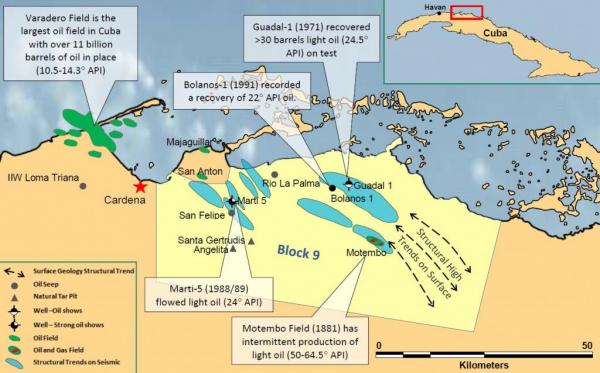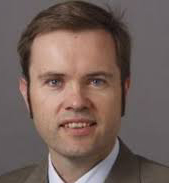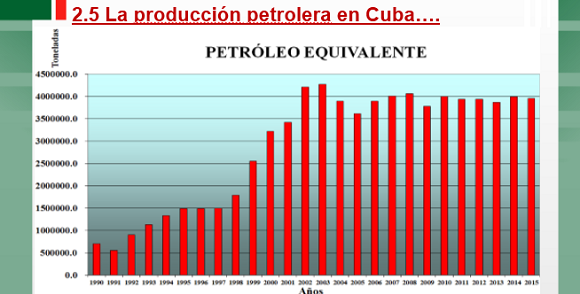
CUPET reports on Block 9
HAVANA — The Cuban company Unión CUPET recently reported on the explorations being carried out by MEO Australia in Block 9 and provided general data on the current production and consumption of oil in Cuba.
On July 29, Progreso Semanal echoed the news published in the Aling Research website the previous July 12 about the first update given by MEO Australia of its exploration activities in Cuba’s Block 9.
The report made by the Australian company responds to the obligation of business enterprises listed on the stock exchange to publish a quarterly report with the economic information needed for all actors in the enterprise to make correct decisions.
Basically, it was a technical evaluation that details one of the three land “plays” (offshore areas) identified in Cuba. It focused on one play that might potentially contain light oil at a deeper level. All this was done on the basis of information supplied by CUPET and some new studies done in the region.

In addition, as stated by CEO Peter Stickland, “the U.S. Geological Survey has estimated that there is a potential of about 4.6 billion barrels of undiscovered oil in northern Cuba,” so it can be assumed that information from other sources was used.
From July 29 to September 15 (49 days), neither CUPET nor any other Cuban authority published a word about this report. Only some national media, such as Prensa Latina and Trabajadores, published an article and the TeleSur television channel showed a clip. But Trabajadores withdrew the information a few days later. Thereafter, other Cuban media (Radio Habana Cuba, Escambray, etc.) also decided to publish items.
During the latest press conference, CUPET’s leaders clarified the “misrepresentation or erroneous interpretation” (quote the national media) of the report published by the Australian company. They said that “some digital media utilized graphics and images from the original document as well as out-of-context sentences from interviews with MEO directors,” because there was never any talk of a “proven discovery.” Rather, the report “only indicated the potential reserves in that oil-producing zone.”

They also affirmed that no specialized medium in the oil sector reproduced the report. However, in August, the bulletin from the Institute of Geology and Paleontology of the Cuban Geological Society reprinted the report translated and published by Progreso Semanal on July 29.
Confirmation that this was not a proven discovery but an estimated potential based on ongoing studies was made by MEO Australia’s own CEO, Peter Stickland, in an exclusive interview he gave us on August 5.
Last Sept. 12, the UPI new agency reported the sale of part of MEO’s interests in a potentially lucrative well off the Australian coast for the purpose of helping to finance activities in Cuba’s Block 9. This fact also was confirmed by Peter Stickland on Sept. 19 via e-mail.
“MEO is further focusing its efforts on Cuba, so we’re looking for partners to deal with our licenses in Australia, with the objective of reducing our costs in other areas,” Stickland wrote.

According to figures published by MEO Australia, Cuba produces 70,000 barrels of crude a day. Other figures mentioned by Stickland talk about 80,000. There are even more conservative estimates: 50,000 barrels per day. One thing that almost all the sources agree upon is that this is about half of the island’s energy consumption.
In that regard, Osvaldo López Corso, CUPET’s Exploration Chief, confirmed to the national press that “45 percent of the electric power generated on the island comes from that crude oil; 14.1 percent from the accompanying gas; 3.7 percent from biomass (from sugar mills), and barely 0.8 percent from renewable energies.”
Nevertheless, another report on the same conference specifies that Cuba’s oil production is sufficient “to supply 48 percent of the demand for electricity in the national web” — not 45 percent.
The same official said later on national TV that oil production satisfied 60 percent of the consumption.
It was further stated that “99 percent of the nation’s oil exploitation is concentrated in the so-called North Strip of Heavy Crude (FNCP), an area of 750 kilometers square situated between Havana and Varadero (Matanzas province).”
The Cuban company explained that oil exploitation on the island is divided into a total of 45 blocks on land and shallow waters, of which 4 have been contracted for.

Of these, the Portfolio of Opportunities for Foreign Investment in Cuba for 2016 offers, in the energy sector, “25 available blocks, marked off along the national territory, with the exception of urban areas and some areas of exclusion in protected areas or areas reserved for other purposes prioritized by the nation.”
Meanwhile, Cuba Business Report talks about “a total of 59 blocks with available licenses” situated in the Exclusive Economic Zone of the Gulf of Mexico. Of these, “almost half were contracted by companies from Australia, Brazil, Canada, China, India, Malaysia, Norway, Spain, Venezuela and Vietnam.”
On other occasions, when an exploration of this type is produced, even with limitations, the national press has reported on it. It does so because it’s not a question of a minor announcement.
The silence maintained for more than a month in this case by both the authorities and the official Cuban media, as well as by the other major media that generally provide abundant coverage on Cuba, is at the very least ineffective — all the more so after Dec. 17, 2014.
As stated by Prof. Luis A. Montero Cabrera: “The people who are most interested in this news are we Cubans and we should be the first to learn it responsibly, with its pros and cons. Our specialists should comment it from all points of view, scientific, commercial and political.”
In the final analysis, it is a question of our basic right to timely and exact information. Especially in a country whose social project prioritizes state property above any other and that, therefore, is obligated to give an account of how the resources that theoretically belong to the people are utilized.


